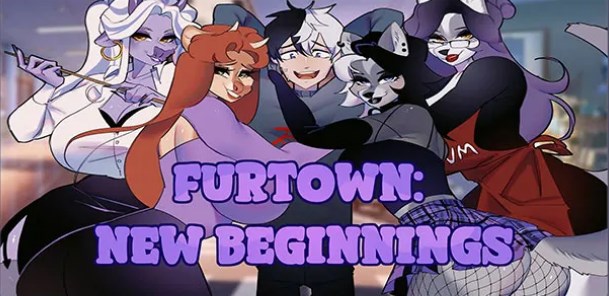When the Nintendo Switch 2 was announced with a price tag of $450 USD, it certainly raised eyebrows, given that this is a higher price than what we've typically seen from Nintendo. However, with rising production costs and economic factors such as tariffs, analysts had anticipated the Switch 2 to be priced at around $400 USD or more.
The real surprise, however, came with the pricing of Switch 2 games. Not only do they align with the new industry standard of $70 USD, but some titles, like Mario Kart World, are priced at a staggering $80 USD. When you factor in the cost of various accessories needed for the full Switch 2 experience, the total investment becomes quite significant.
But how does the Switch 2's price compare when adjusted for inflation against previous Nintendo consoles? And how does it stack up against other gaming consoles? The results might surprise you.
Nintendo Switch 2 Price Vs Previous Nintendo Consoles
NES
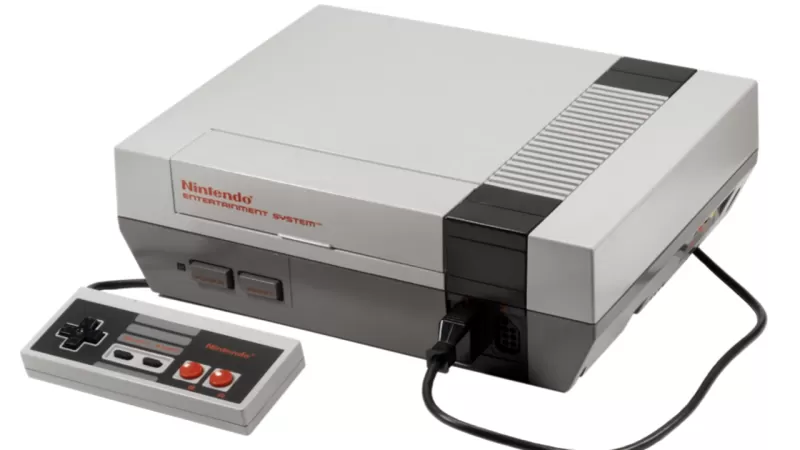
The NES, launched in 1985 for $179 USD, seems like a steal today. However, adjusted for inflation, it would cost $523 USD in 2025. That's a hefty sum!
SNES

In 1991, the SNES was released at $199 USD, a $20 increase from the NES. Adjusted for inflation, it would be $460 USD in 2025.
Nintendo 64
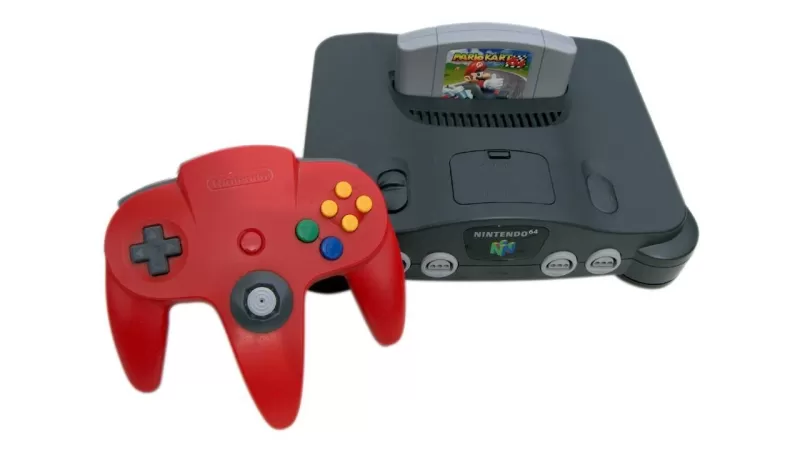
The Nintendo 64, marking Nintendo's entry into 3D gaming in 1996, also launched at $199 USD. Today, that would be $400 USD after inflation adjustments.
Nintendo GameCube

The GameCube, whose games will be accessible on the Switch 2 via the Nintendo Switch Online's classic library, was released in 2001 for $199 USD, equivalent to $359 USD in today's dollars.
Wii

The motion-controlled Wii, a global phenomenon, hit the market in 2006 for $249 USD, which translates to about $394 USD in 2025.
Wii U

The less successful Wii U was released in 2012 for $299 USD, which would be $415 USD in 2025, making it closer to the Switch 2's pricing.
Nintendo Switch
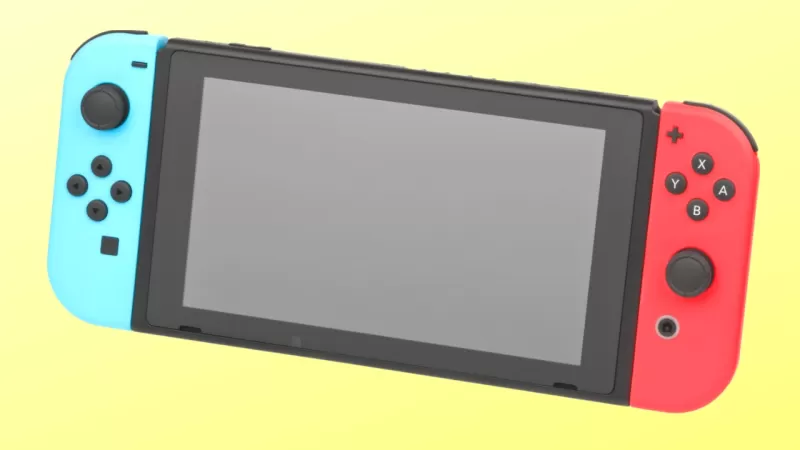
The highly successful Nintendo Switch, launched in 2017 for $299 USD, would be $387 USD in today's dollars, still cheaper than the Switch 2 set to launch on June 5.
So, when adjusted for inflation, the original NES emerges as the most expensive console Nintendo has ever launched. Does this make the Switch 2's price more palatable? Not necessarily.
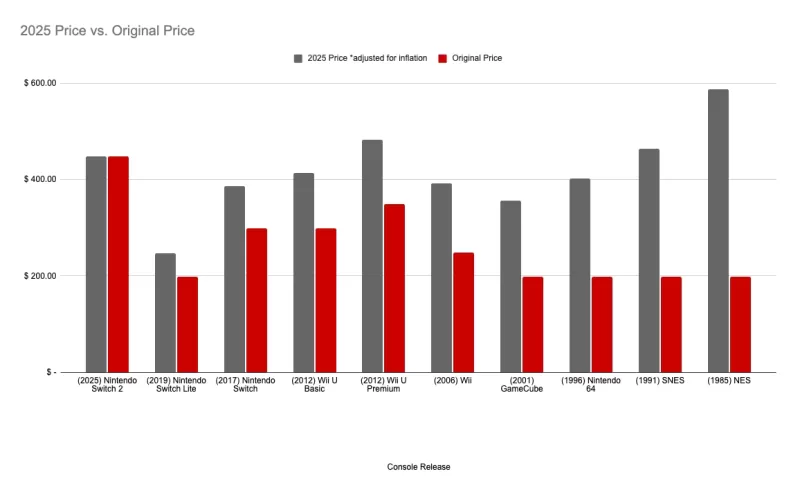
Credit: IGN But what about the games?
While the Switch 2's console price was somewhat expected, the pricing of its games was a major talking point. Titles like Mario Kart World are priced at $80 USD, while others like Donkey Kong Bananza are set at $70 USD (or $65 digitally).
It's challenging to directly compare these prices to the earliest NES cartridges due to the wide variance in pricing back then. In the early 90s, an NES game could cost anywhere from $34 USD to $45 USD, which translates to $98 USD to $130 USD in 2025. Despite this, many believe that game prices could continue to rise.
The Switch 2's pricing is on the higher end of Nintendo's spectrum, surpassed only by the NES and SNES when adjusted for inflation. Real-world factors, such as the announcement of a cheaper, region-locked Switch 2 for Japan at 49,980 JPY or $340 USD, highlight the impact of these factors on pricing.
How Switch 2's Price Compares to Other Consoles
When we analyzed the price of the PS5 Pro, we compared it to other Sony consoles. Now, let's see how the Switch 2 stacks up against some other notable consoles.
PlayStation 2
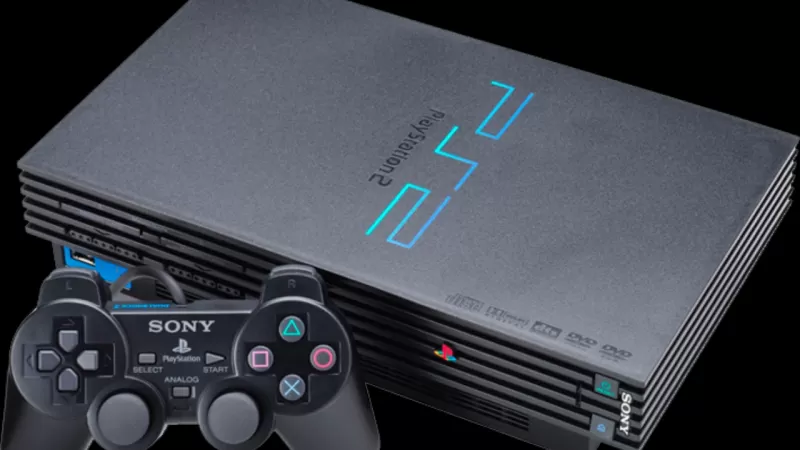
The PlayStation 2, the best-selling console of all time, was released in 2000 for $299 USD. Adjusted for inflation, it would cost $565 USD in 2025.
Xbox 360

The Xbox 360, Microsoft's most successful console, was released in 2005 for $299 USD, which would be about $500 USD in 2025.
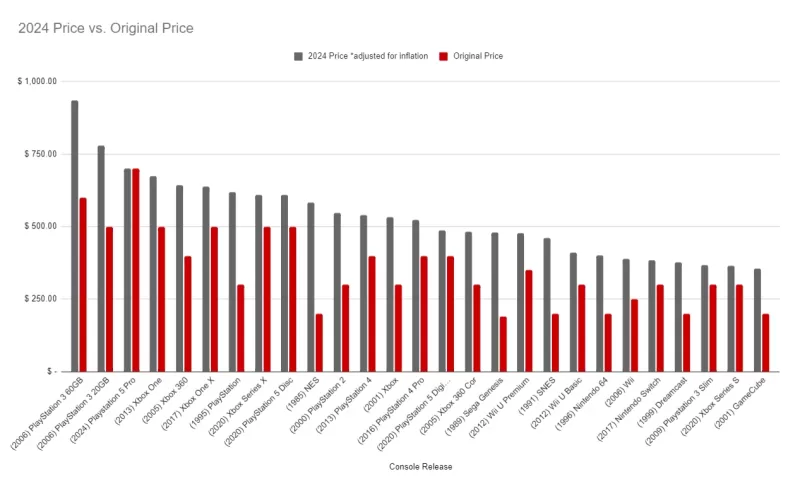
In conclusion, the Switch 2's price, when compared to its predecessors and some rivals, places it in a competitive yet higher-priced category. For more insights, check out IGN's hands-on with the Switch 2 and games like Mario Kart World, as well as discussions with analysts on the factors driving the Switch 2's pricing.







